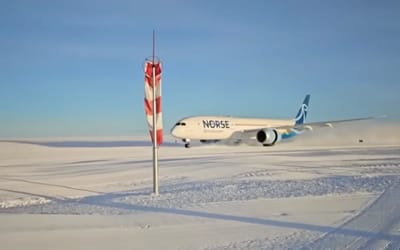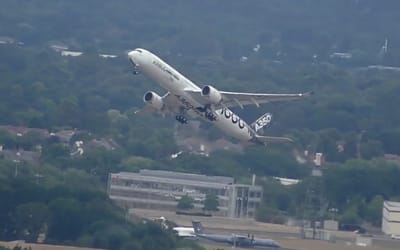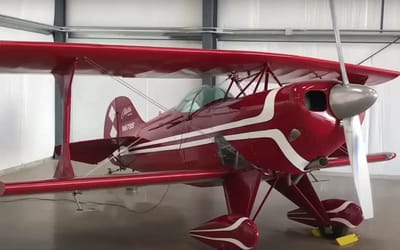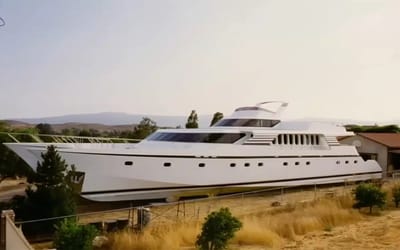Three new brands are now able to use Tesla Superchargers
Published on Jul 24, 2025 at 6:53 AM (UTC+4)
by Callum Tokody
Last updated on Jul 24, 2025 at 1:23 PM (UTC+4)
Edited by
Kate Bain
Tesla Superchargers are no longer exclusive, as more owners can now plug in using a dedicated charging adapter.
Three different carmakers are rolling out their own official adapters that will allow their cars to connect to Tesla chargers.
Tesla Superchargers currently span over 2,600 locations with more than 32,000 individual ports.
Access is here, but every brand is handling pricing, support, and integration differently.
VISIT SBX CARS – View live supercar auctions powered by Supercar Blondie
Tesla Superchargers now open to more brands
Lucid has confirmed that the Lucid Air will be the first in its lineup to support Tesla Superchargers using a $220 charging adapter.
Charging is limited to 50kW, which can add around 200 miles of range per hour under typical conditions.
Lucid has also stated that the upcoming Gravity SUV will feature a built-in charging port compatible with Tesla Superchargers, removing the need for an adapter altogether.
Honda and Acura have followed with a similar setup.
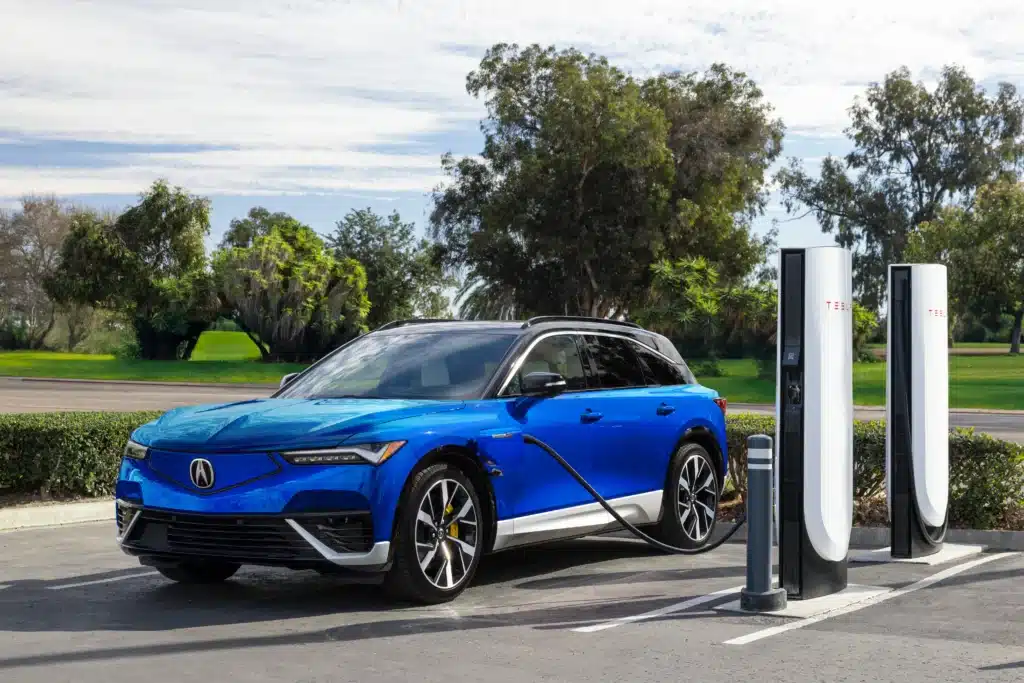
Their official charging adapter costs $225 and works with the Honda Prologue and Acura ZDX.
It’s available through dealerships and Honda’s DreamShop website.
Charging sessions currently need to be started through the Tesla app, though integration with HondaLink and Acura’s EV software is expected soon.
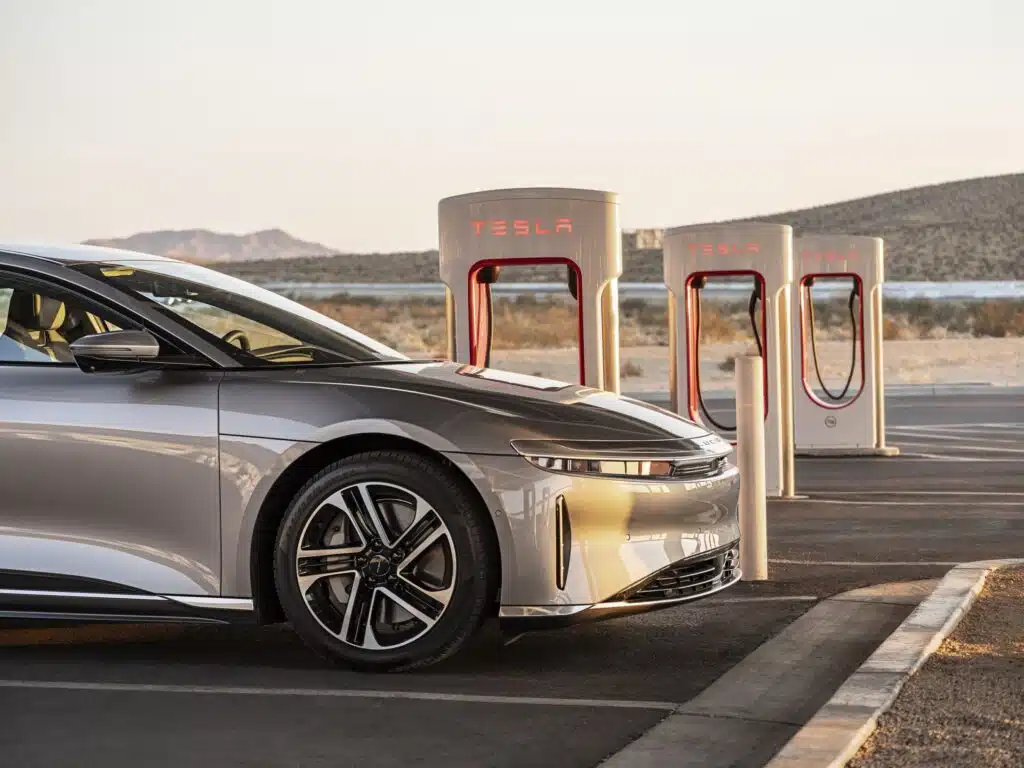
Both brands have advised customers to avoid third-party adapters, warning that damage caused by unsupported hardware might not be covered under warranty terms.
This shift comes as Tesla Superchargers move away from exclusivity.
While Tesla still controls access, more automakers are joining the system through formal partnerships.
For now, access is limited to specific vehicles and charging locations, and rollout schedules vary by brand.
What this means for the EV industry and first-time buyers
Opening Tesla Superchargers to models like the Lucid Air, Honda Prologue, and Acura ZDX could ease one of the biggest concerns for new EV buyers: charging infrastructure.
Until now, many drivers unfamiliar with electric cars have avoided switching due to inconsistent charger locations, unclear payment systems, or compatibility concerns.
The inclusion of Tesla’s network changes that.
Tesla Superchargers are known for reliability and ease of use, and now that multiple brands support the use of a charging adapter, the playing field is starting to level.
First-time EV owners no longer need to depend on slower public chargers or plan around obscure station availability.
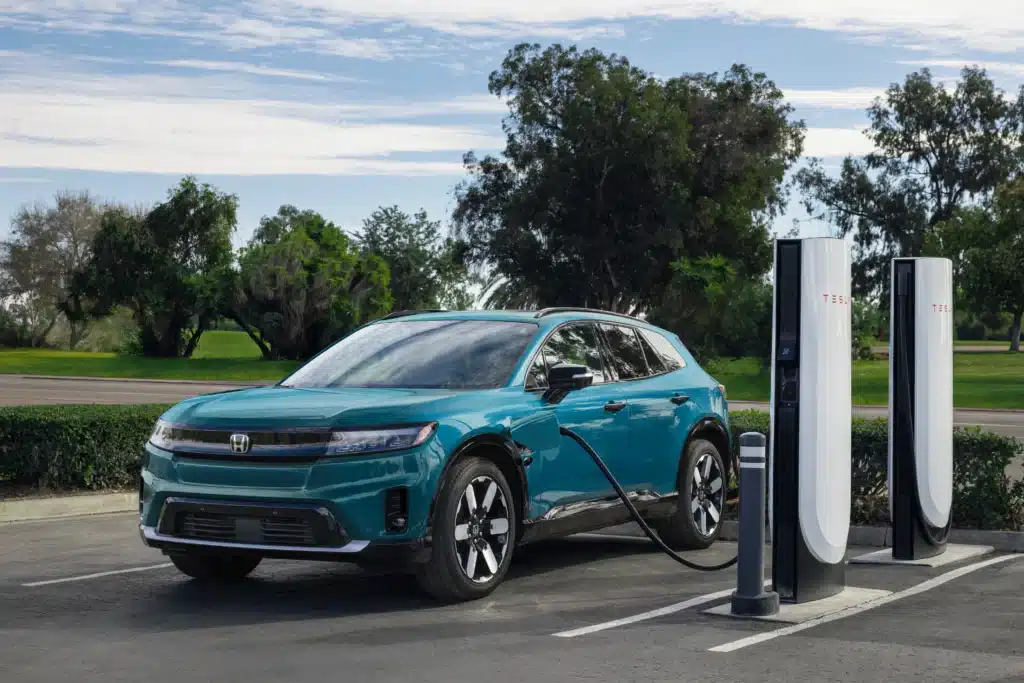
Instead, they can now access a familiar network used daily by hundreds of thousands of Tesla drivers.
The integration could also put pressure on other manufacturers to accelerate their own compatibility efforts.
As more buyers come to expect access to Tesla Superchargers, brands that delay may find themselves at a disadvantage.
For infrastructure providers outside Tesla’s network, the message is clear: ease of use and uptime matter.
With broader charging adapter availability and Tesla Supercharger access, electric vehicles become easier to live with.
For buyers on the fence, especially those new to EVs, this kind of compatibility removes friction and opens the door to real long-distance use without second-guessing where to charge next.
DISCOVER SBX CARS: The global premium car auction platform powered by Supercar Blondie
Callum Tokody is a content writer at Supercar Blondie, where he covers the latest in the automotive world with a focus on design and performance. With a background in automotive journalism, he has contributed to a range of publications in Australia and the UK. In addition to his writing, Callum also heads up PR and communications, helping to build and strengthen partnerships within the industry. Outside of work, he’s a design enthusiast with a soft spot for anything with a V8 and a good story.
